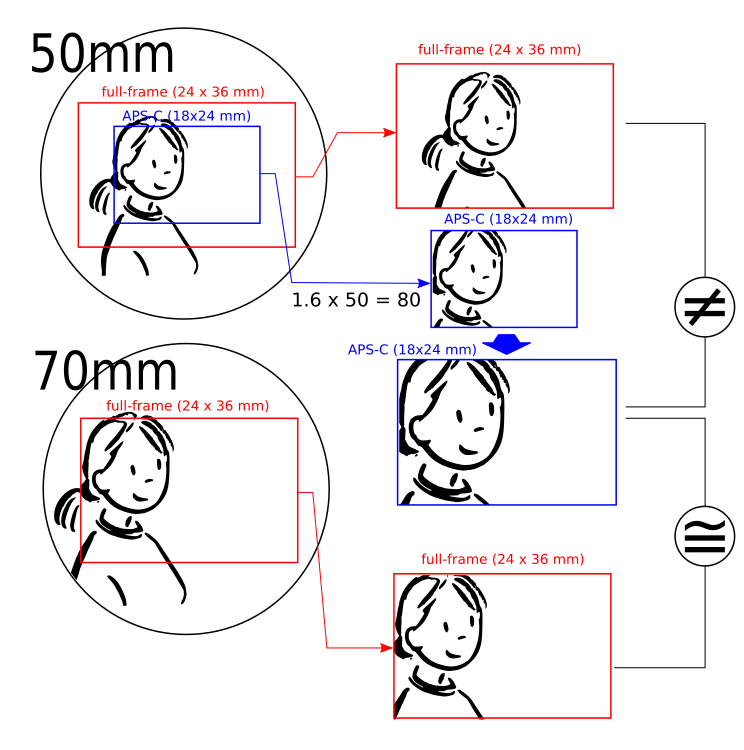I really agree with Buckster on this.
Certainly, professional lenses can help get you sharper images, shoot wider, or shoot farther. But here's the thing, and this is ONLY personal opinion. Depending on your camera (Your Canon XS for example as it's APS-C or "Crop Sensor", meaning it has a smaller imaging sensor), I really would advise against many full frame lenses, especially in the 24-70mm range. To put it in layman's terms, you have to factor in what's known as a crop factor. Rather than explain it, a picture is worth 1000 words. The red squares represent the image with a full frame body and lens set up. The blue squares represent an APS-C body with a full frame lens. I like this example because it gives Canon's crop factor (they change between companies. Nikon, for example is 1.5)

As you can see from the example, a full frame lens on an APS-C body gives you a tighter field of view to the end image. This effect can be very desirable, depending on what you're after, such as shooting wildlife. Full frame lenses on Crop Sensor bodies work very well for that because of this property, however, shooting wider becomes very problematic at the same time simply because the lens essentially crops out part of the image.
Unfortunately, Canon and Nikon have really dropped the ball on giving us "pro-grade" and "fast" APS-C lenses to work with. In most respects, especially in zooms, f/2.8 or f/4 is the standard. If you look at Canon's website at the EF-S lenses, There are very few marked f/2.8. The majority of them are what's known as variable aperture, generally ranging in the f/3.5-5.6 range, which means that the more you zoom out, the smaller the aperture gets. The majority of the variable aperture lenses are riddled in compromises, some which only may be that they're variable aperture, however, in most of them, there are inherent optical flaws both to the trained eye and sometimes even to the typical viewer of a photograph. These flaws include, but are not limited to fringing, chromatic abrasion, soft corners, vignetting, and just a soft focus all around. Again, these are just SOME examples. Unfortunately for Nikon APS-C (or DX in Nikon's terms), Canon has a better selection of "pro grade" zooms, and with Canon and Nikon, most of the time, you really do get what you pay for.
Things aren't all gloom and doom for APS-C users though. Companies like Tokina, Sigma and Tamron understand us. Yes. I'm currently an APS-C shooter, and even when I get a full frame body, I'll continue to use APS-C for telephoto work. At any rate, they have some very good lenses designed for crop sensor bodies. Though I don't have any experience with Tamron's offerings, I have used a small variety from Tokina and Sigma, and they make some very good lenses, however, they seem to not have the same quality control standards that Nikon and Canon have. Some of them can be a crap-shoot. A lens may be very good, or it may be bad sample. When it's possible, I would HIGHLY recommend you go into a brick and mortar store and test a variety of the same lens and get the best you can. Now don't get me wrong, sometimes a bad lens can slip through the cracks through either Nikon and Canon, but it's not nearly as common with third party lenses.
Some of Sigma and Tokina's offerings that I like are:
Tokina 11-16 f/2.8 PRO II (They have a new 11-20 f/2.8 that I'm interested in, but haven't heard much about yet)
Sigma 17-50 f/2.8
Sigma 50-150 f/2.8 (I think this model is now discontinued, but I could be wrong)
The Sigma's give a rough equivalent to the full frame 24-70 and 70-200, respectively in terms of field of view. The Tokina's closest equivalent is Canon's 16-35, however at the long end, it comes up very short, coming in at roughly 25.5mm by comparison to the 35mm long end. The new 11-20 version corrects this by coming in at about 32mm in comparison to 35mm.
Many people wouldn't even bother with anything like the 50-150 from Sigma. Many would just use a combination of the 17-50 (Canon and Nikon DO offer a version of this lens) and jump to full frame lenses with a 70-200 of some sort, and at the ultra-wide end, use something like the Tokina, or another lens that'll most likely be variable aperture, but do keep in mind that generally, YOU GET WHAT YOU PAY FOR from Canon and Nikon. Again though. Sometimes like I said earlier, the only real fault is that it's variable aperture. I use a Nikon 70-300 VR II that I really like, but I'll say first and foremost that I know it's not the "best" lens out there, and certainly not at 300mm where it's very soft, even in the centre of the frame.
I hope that helps some.
P.S. If you're looking for "Pro" results, I would strongly urge you to resist the temptation of super-zooms. They're BAD!!! Most of them have a million optical flaws that can't even be fixed in Photoshop, especially if you pixel-peep. They often have very heavy barrel and pin-cushion distortion (even the best zooms have this to a degree), chromatic abrasion and fringing and the rest that I listed above. If you're wanting the best possible results, DO NOT USE SUPER-ZOOMS!!!!!
Have a good day








![[No title]](/data/xfmg/thumbnail/31/31043-56e0d1d98f75a901802906faef0a4ab9.jpg?1734159148)

![[No title]](/data/xfmg/thumbnail/31/31744-f06a1a9bb9c74e3b8b332878f5fe71f1.jpg?1734160459)
![[No title]](/data/xfmg/thumbnail/40/40304-a0ff25efbc1737761e8c4d43e2caa085.jpg?1734174712)


![[No title]](/data/xfmg/thumbnail/31/31746-12607d714ca2713b95250821c881aea9.jpg?1734160460)
![[No title]](/data/xfmg/thumbnail/31/31743-3b294ee78fc71e7bfc025b01eafb0c2d.jpg?1734160458)


![[No title]](/data/xfmg/thumbnail/31/31044-cebde226a125a2fa016319847d0b37ed.jpg?1734159149)